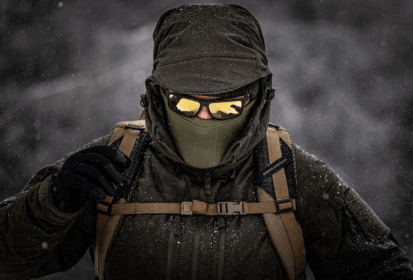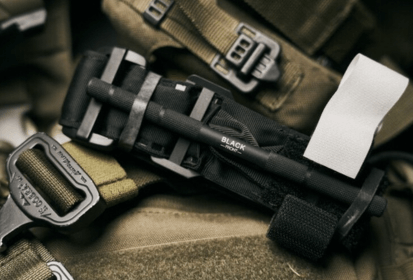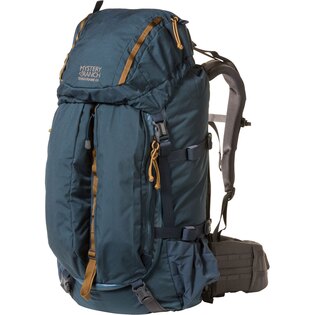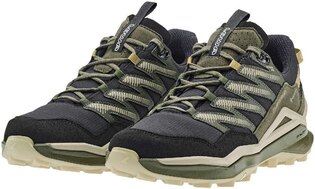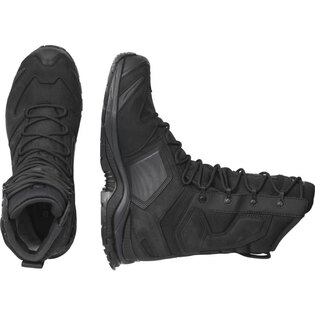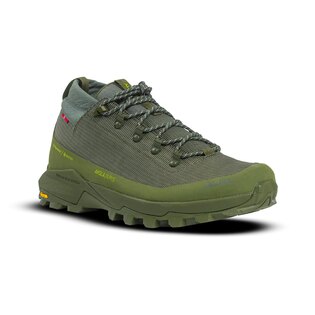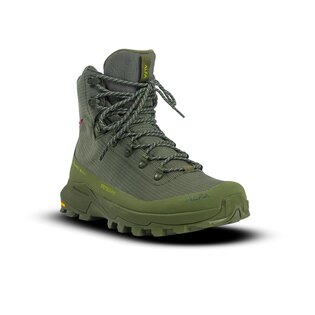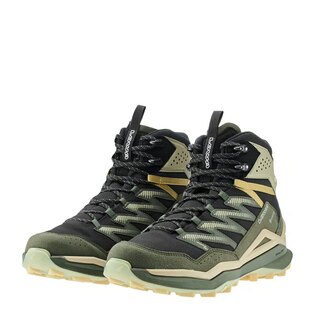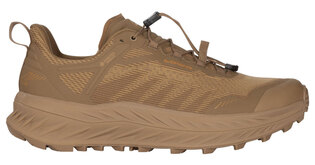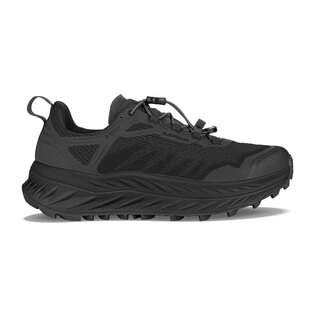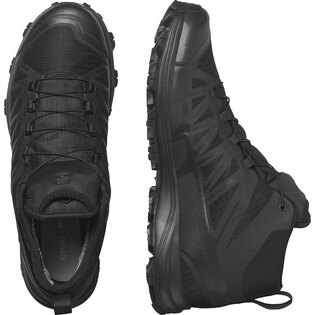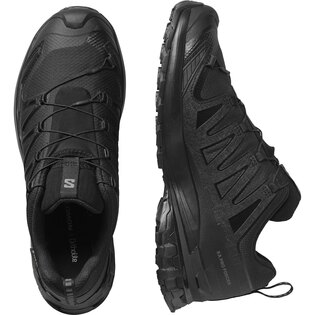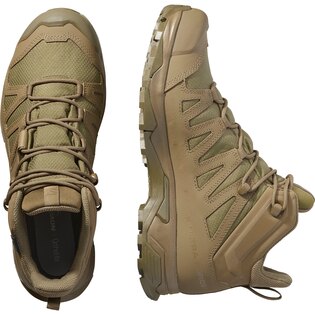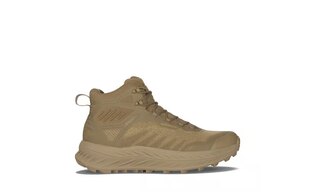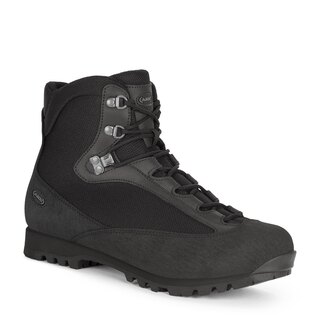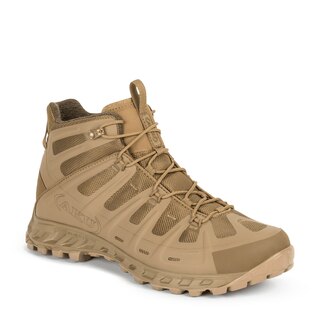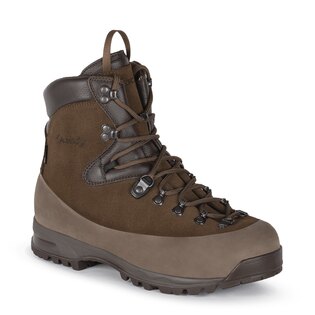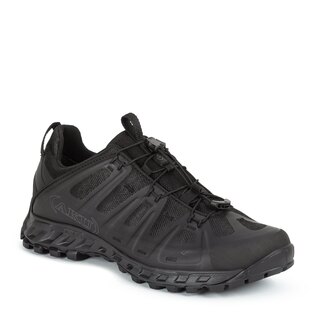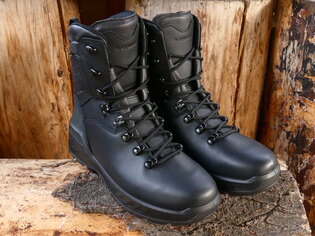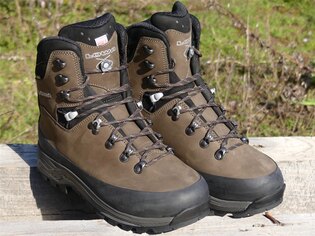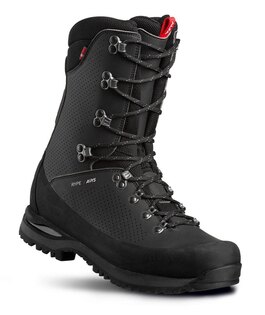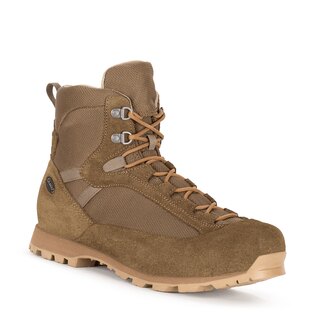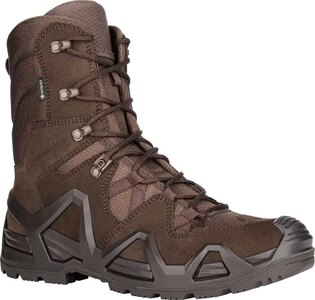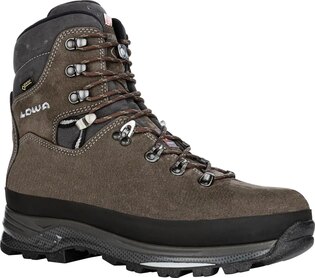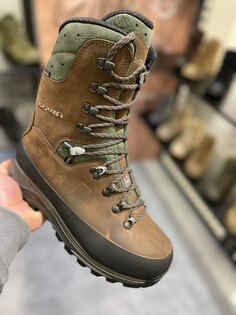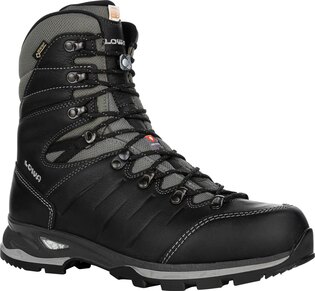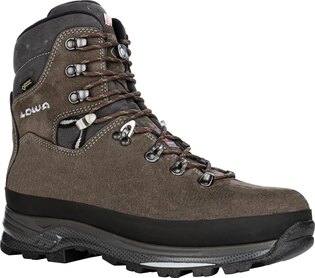How to survive in the mountains
Whether you view the mountains in photographs or live from the valley, you will surely agree with us that they almost never look dangerous. On the contrary, they tempt us with clean air, the prospect of beautiful views, blue skies, green valleys, and pristine, untouched landscapes. However, the weather directly in the hills is treacherous and can change every minute. A bit like night and day at the equator. But with a slightly higher probability that you won't come out of this situation alive and healthy.
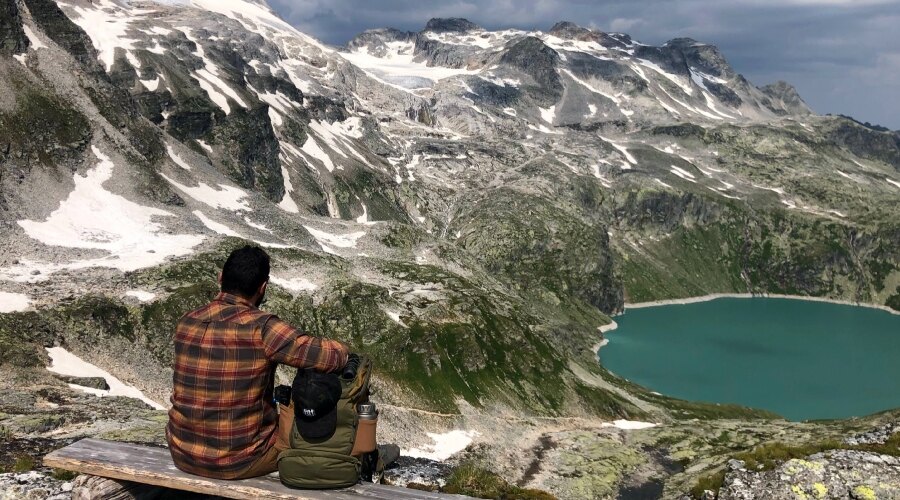
Mountains inspire many of us with the desire to pack up ideally today and set out on a journey.
Mountains inspire many of us with the desire to pack up ideally today and set out on a journey with a backpack on our backs. However, in the mountains more than anywhere else, the saying "fortune favors the prepared" applies. Those who dare to go up there without preparation may, at best, pay for their recklessness with their health, and at worst, with their lives.
The first prerequisite for reaching the summit is physical fitness, but in addition you must also be mentally resilient. That primarily. In danger, you draw out seemingly lacking physical strength more easily than mental strength. How to survive in the mountains is definitely a complex topic that goes far beyond the scope of this article. But you can learn the basics here.
How to define mountains
Mountains are geological formations that shape the landscape and rise above lower georeliefs. Simply put, mountains are found where the elevation of the landscape increases. From the moment we learn to speak, we can recognize them safely. However, before we gain our first real experience with them, we should know what to expect.
Mountains can also be defined by sudden changes in climatic conditions. You suddenly move from rock to snow, from almost subtropical climate to winter, and from sunny to stormy weather. Therefore, it is advisable to have mountain gear always somewhat overdimensioned compared to moving in lowlands.
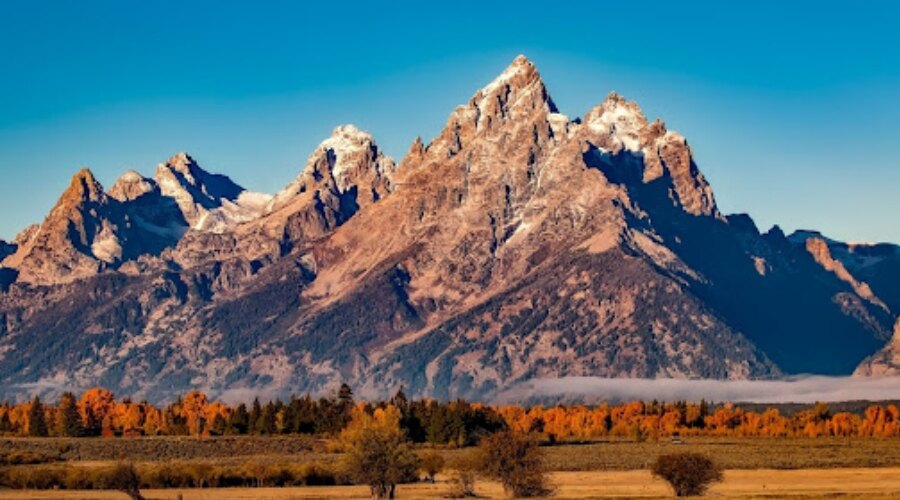
Mountains can also be defined by sudden changes in climatic conditions.
Risks we face in the mountains
Before we head to the mountains, we should be aware of the risks that may threaten us there. The first rule is – if possible, do not set out alone. It is always better to have someone who can provide or call for help if something happens to one of you. Of course we have all heard about cases of interconnected climbers when one slipped and pulled the other into the depths, but such unfortunate accidents are rare and the vast majority of situations in the mountains are simply better resolved by two than by one.
The first risk that you may face in the mountains is unstable terrain. The mere fact that you lose your footing on some steep slope or icy surface can cause deadly danger up there. You must also be prepared for strong gusts of wind, and if you are not sure that you can handle some passage, it is better to assume that you cannot.
Expect danger everywhere, even where it seems that there is no danger. And if you are going on a several-day hike, definitely avoid moving at night. The saved time is not worth it. On the contrary, find a suitable place for a bivouac while it is still light and "settle in." In our Czech-Slovak conditions, however, you don't have to bivouac that often if you plan your route well. Feel free to allow yourself a mountain hut, pension, or at least a campsite once every few nights.
Regarding danger, it is definitely important not to underestimate the fickle weather, which occurs much more frequently in the mountains than in the lowlands. A calm breeze can suddenly turn into a gale, white clouds into a snowstorm, sunny weather into rainy. You must be prepared for these eventualities as well (of course, depending on the specific time of the year) with the appropriate equipment.
Ice and Avalanches
From autumn to spring, there's at least one more danger lurking in the mountains that definitely doesn't threaten in the lowlands. This danger is avalanches. The white mountain peaks may be beautiful from below, but if you have a mass of snow directly above you, you'll want to disappear as quickly as possible.
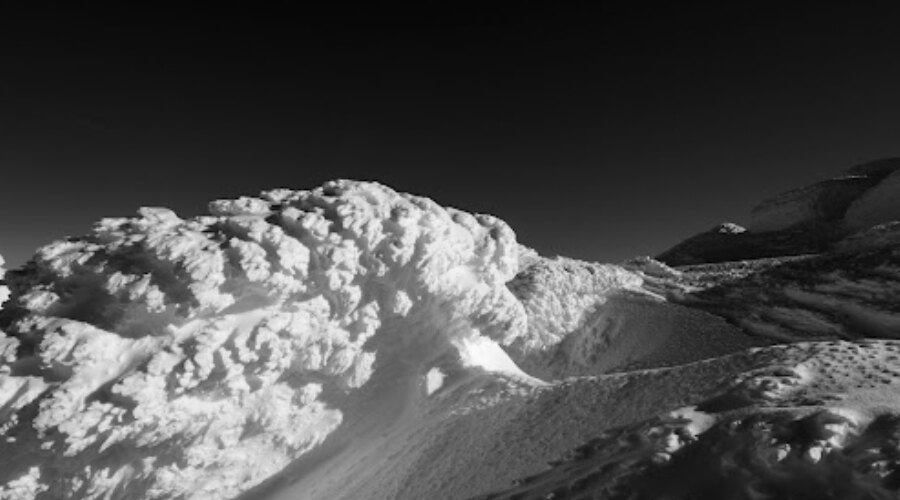
From autumn to spring, there's at least one more danger lurking in the mountains that definitely doesn't threaten in the lowlands. This danger is avalanches.
Avalanches can be triggered even by noise alone, but their movement can also be influenced by other factors, such as the structure of the snow (ideally new snow on an icy base) and the surrounding temperature (especially when a thaw is coming).
Protect yourself from avalanches proactively. This means that do not even enter risky areas. Risky areas are those with a steep slope or convex shape, as well as areas with freshly fallen snow. You can easily determine the structure of the snow by "drilling" a probe into it with, for example, a trekking pole. However, if you are unsure how to interpret the results of your mini-survey, it is better to avoid the area altogether. Even if it means taking a longer route.
In the morning hours, also avoid overly sunny areas. The sun increases the temperature of the surroundings and thus creates a dangerously melting top layer of snow. If possible, move in the most irregular terrain. In such a case, walking is more difficult, but there is also a lower risk of snow slides. The same applies to forested areas. Although some level of danger exists here as well.
When an avalanche is heading your way
What to do when an avalanche is already coming at you? Try to get out of its way as soon as possible – not by running downwards, but by choosing one of the sides and trying to get as far to the edge as possible before the avalanche hits you. If you're lucky, you'll avoid it completely. Otherwise, you will likely not be hit by the main flow of snow, giving you a better chance of survival than in the middle of the avalanche.
In risk areas, it is advisable to carry an avalanche beacon, which gives the mountain rescue service a chance to find you more quickly before you suffocate under the mass of snow.
And what about the cracks?
Another risk that awaits us in the mountains are crevasses. This is not so much the case for Czech mountain ranges. But generally speaking, a crevasse is defined as a natural opening in a glacier. While open crevasses are dangerous, they are relatively easy to notice in the terrain. Worse are crevasses covered by a thin ice bridge. If you are not sure about the terrain you are entering, it is better to bypass the area or return to the safety of lower lands and valleys.
If you fall into a crevasse and cannot climb out on your own or do not have a rope, do not panic. If you have a mobile signal in the area, you are in luck. Simply share your location with someone below. As we have already mentioned, it is better to set out on the trip with at least two people. And even then, it is advisable to let someone below know about your planned route. If you stop checking in at least once a day and your phone remains unresponsive, it is a signal for the person below to alert the mountain rescue service.
If you have to spend the night in a crevasse, try to gather at least some wood for a fire down there. Of course, assuming there's no risk of melting the snow and causing an avalanche. Crevasses have at least one advantage over open plains – there's less wind. Therefore, they function as a natural bivouac (we've already written about how to set up a bivouac in nature). Besides taking care of your basic needs like food and sleep, try to throw a piece of colorful fabric outside the crevasse, ideally attached to a branch or trekking pole, so it doesn't get blown away at night. The contrasting fabric can help the mountain rescue service locate you more quickly.
Camping
Bivouacking is essentially an emergency overnight stay in an improvised shelter. In the mountains, it can be more useful than anywhere else. Build the shelter to be as inconspicuous as possible and preferably made from natural materials found around. With increasing altitude, options like branches, grass, and greenery will gradually disappear, and more and more you will have to start relying on stones or possibly snow.
Conclusion
The mountains are certainly beautiful, but the farther and longer you go, the more specific equipment you should take with you, and the more preventive measures you should take before you even embark on your journey. The basic thing is to let someone down below know where you are going. And take with you at least one friend whom you trust. Bring with you a well-equipped first aid kit and an emergency kit, but also supplies for starting a fire. The ability to be in at least improvised warmth and dryness in a critical situation is essential for survival.
Readers are further interested
